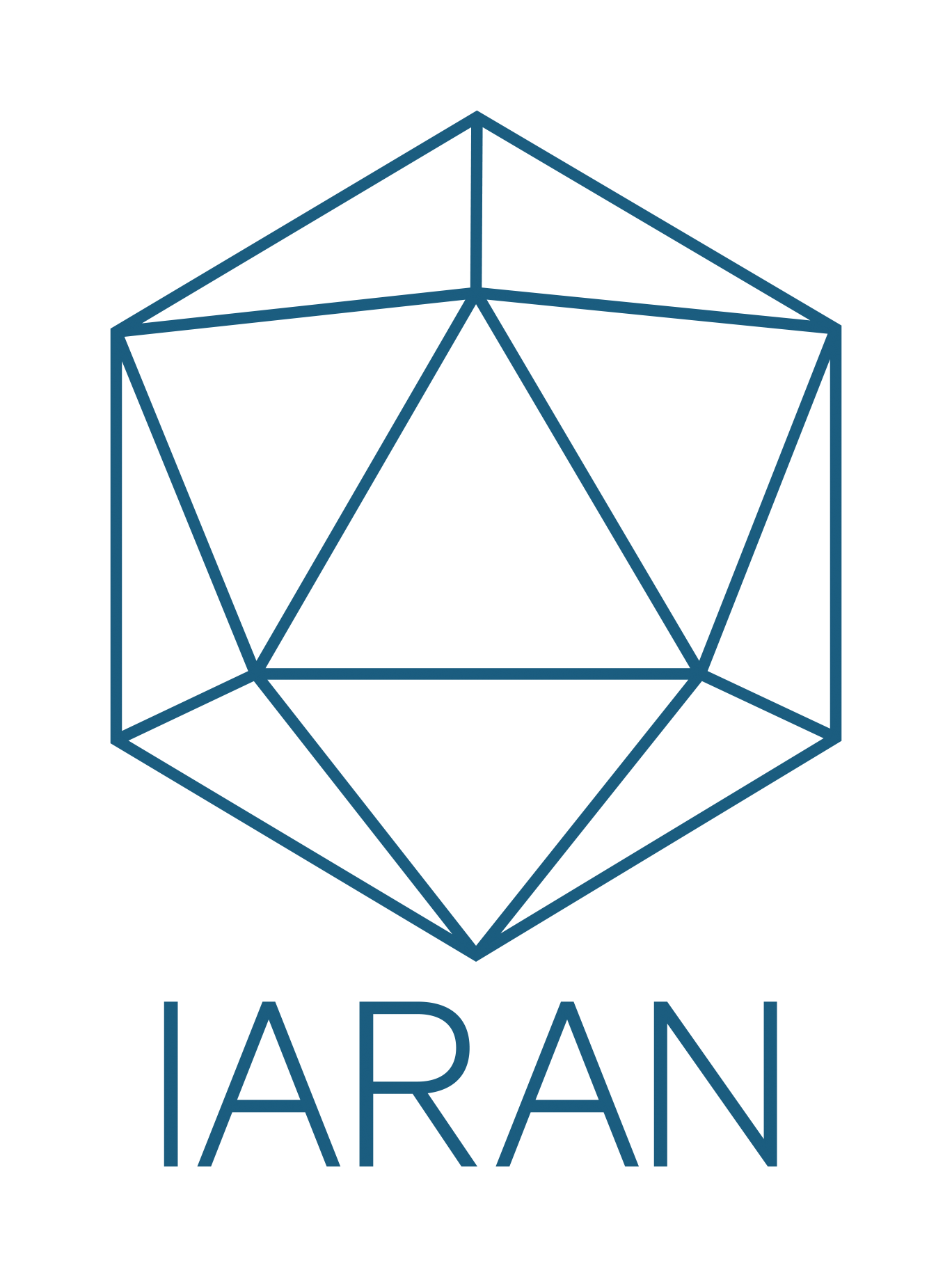Aid is at a critical juncture.
The coronavirus pandemic is just the latest in a series of crises that have tested the logic behind our interventions; questioned our management abilities; and interrogated whether our values are truly just and transformative.
There are renewed calls for aid to change. But it seems most of it are tweaks to an inherently broken system, instead of a real pause and reflection to the very nature of our work.
More than just organisational or even institutional reforms, what we need is a new way to think about our world and what we do in it.
We understand our world through simplifications and interpretations — models – of our infinitely complex realities.
Models have, across history, profoundly shaped our lives. Think about economic models. For decades we have built our society upon the dominant but simple model of economy, which assumes infinite growth. This simple curve — a line that goes up in an x-y axes, whose end is nowhere in sight — may just be one of the biggest reasons why our planet, which has finite (not infinite) resources, is in a state today.
The statistician George Box is thought to have said, “All models are wrong, but some models are useful.” Another smart man, the American architect Buckminster Fuller argued, “You never change things by fighting against the existing reality. To change something, build a new model that makes the old model obsolete.”
Thankfully there are now alternative models that have begun to change the way we think about the economy.
Now we need a new model to re-imagine aid.
The “balanced cake” of aid
In a nutshell, it has two main points: care and balance.
Choosing to act carefully
Like the simple economic model that assumes infinite growth, most calls for aid reform retain an unquestioned assumption: that we must always act.
But acting altruistically carries the potential for causing harm. It’s no news that there are overwhelming evidence showing how aid is just as likely to result into unintended negative consequences than it is to lead to positive outcomes.
That is because we live in a complex world where our actions are governed by known unknowns (risks) and unknown unknowns (uncertainties).
To re-imagine aid, we must rethink the concept of “do no harm,” which is often applied only when we’ve already decided to intervene, and which assumes doing no harm can be guaranteed.
Deciding whether to take an action in the face of risks and uncertainties, and in a way that could significantly affect people’s lives (and futures), demands an appropriate procedural framework.
The Aid Re-imagined model calls this Choosing to act carefully — and it entails three sequential steps: first, applying the precautionary principle (precaution); second, undertaking an ethical minimax (preparation); and third, exercising pragmatism.
The first step is the most straightforward, and yet the most omitted in our decision-making process. It calls for applying the precautionary principle — a concept typically used in law and medicine — that encourages “restraining oneself”, especially when an action does not have sufficient evidence, and when its cost (of harm) can likely exceed its benefit.
If action does seem necessary — perhaps in the face of a great or urgent need, then the second step must be to prepare as best as one can to minimise the harm and maximise the care (or and “ethical minimax”).
But minimising harm and maximising care comes with its own costs: time and resources — both of which are often short in the context of aid. Given this, the final consideration must be pragmatism.
The point of this procedural framework is not to encourage deferring to inaction, or cause analysis paralysis until it is too late. The point is to be able to demonstrate that the requisite care was made before choosing to do something that could have significant, irreversible impacts.
The point is also not to choose the perfect answer: we will never have full knowledge of the consequences of our actions; at the same time, as Hugo Slim says, we make our decisions in real life, not as philosophical thought experiments. The call then is not to choose to act perfectly, but carefully.
Baking a balanced aid cake
If an aid implementer has made the careful choice to act, then the Aid Re-imagined model prescribes three components the make such actions effective and just: robust analysis, relationality and adaptiveness, and radical accountability.
But in fact these individual components aren’t entirely new. They are from the multiple frontiers of development and humanitarianism, which call for necessary reforms.
They include those who demand more effectiveness through robust and rigorous designs (e.g., the evidence-based policy movement, the randomistas, and the Effective Altruists); those who believe that we need to change the rigid, linear ways in which we currently implement these programmes (e.g., Doing Development Differently and the #AdaptDev community); and those who attempt to give more attention to the power dynamics and political root causes of our problems (e.g., Shift the Power, decolonising development).
But in many instances these aid frontiers appear to offer one-dimensional silver bullets: those focused on robust and rigour tend to ignore power dynamics; many who recognise power dynamics can sometimes be resistant to effective designs and methodologies; and those who call for adaptiveness in the face of complexity acknowledge that even adaptation can go the “wrong” way.
Aid must be able to address all these at once. After all, one would not prefer for their local community’s hospital to only provide either effective treatment, quality care, or efficient management; a good hospital must provide all three or else the community’s wellbeing suffers.
But to address all these, one must first see all these.
The Aid Re-imagined model attempts exactly that. It sees the world through a particular philosophical interpretation: one in which we live in a reality that is characterised by complexity and mired with injustice.
And such a world requires a commensurate model.
Within an observable and measurable reality, we must act based on science, which underlies the logic of our endeavours.
Amid complexity, we must look at things through the lens of systems, which has far-reaching implications for the way we manage our actions.
And in tackling injustice, we cannot escape power and politics, and must examine the values behind what we do.
To re-imagine aid, then, is to, well, bake a cake.
Like baking a cake, aid requires the right mix of the right ingredients. To achieve effectiveness and justice, the Aid Re-imagined model’s recipe includes a logic that is robustly analysed, management that is relational and adaptive, and values that are radically accountable.
And also like baking a cake (where, for instance, too much sugar will make it overly sweet, but too little might make it unpalatable), balance must be struck between these essential components to suit a specific aid programme’s purpose and context.
How aid can be re-imagined
Altruism is as old as humankind; but for aid to do the most good, it has to evolve for the better.
This is possible. Firstly, by looking at the world with a new pair of eyes — one that sees our reality as characterised by complexity and mired by injustice. Second, by recognising that we have imperfect knowledge and control of the consequences of our actions, which requires choosing to act carefully. And finally by baking a balanced aid cake through robust analysis, relationality and adaptiveness, and radical accountability.
Through a renewed model that urges for care and balance, we can re-imagine aid and usher its evolution towards effectiveness and justice.
References
Boffey, D (2016) Amsterdam to embrace 'doughnut' model to mend post-coronavirus economy. The Guardian
Callaway, E (2019) ‘Randomistas’ who used controlled trials to fight poverty win economics Nobel. Nature
Effective Altruism (2020) Effective altruism is changing the way we do good.
Global Development Institute (2018) Decolonising development – what, how, by whom and for whom? Global Development Institute Blog
Harrison, L (2019) Shifting power is relevant for so much of the international aid jigsaw, especially ‘localisation’ Alliance
Mokdad, A (2020) The future for humanitarian workers after COVID-19. Devex.
Nunn, N (2020) Restraining Ourselves: Helping by Not Hurting. Econfip, Policy Brief 19.
ODI (2014) The DDD Manifesto. Overseas Development Institute
Raworth, K (2017) The Doughnut of social and planetary boundaries.
Saylor Academy (2012) The Principle of Economics. The Significance of Economic Growth. Volume 2.0



